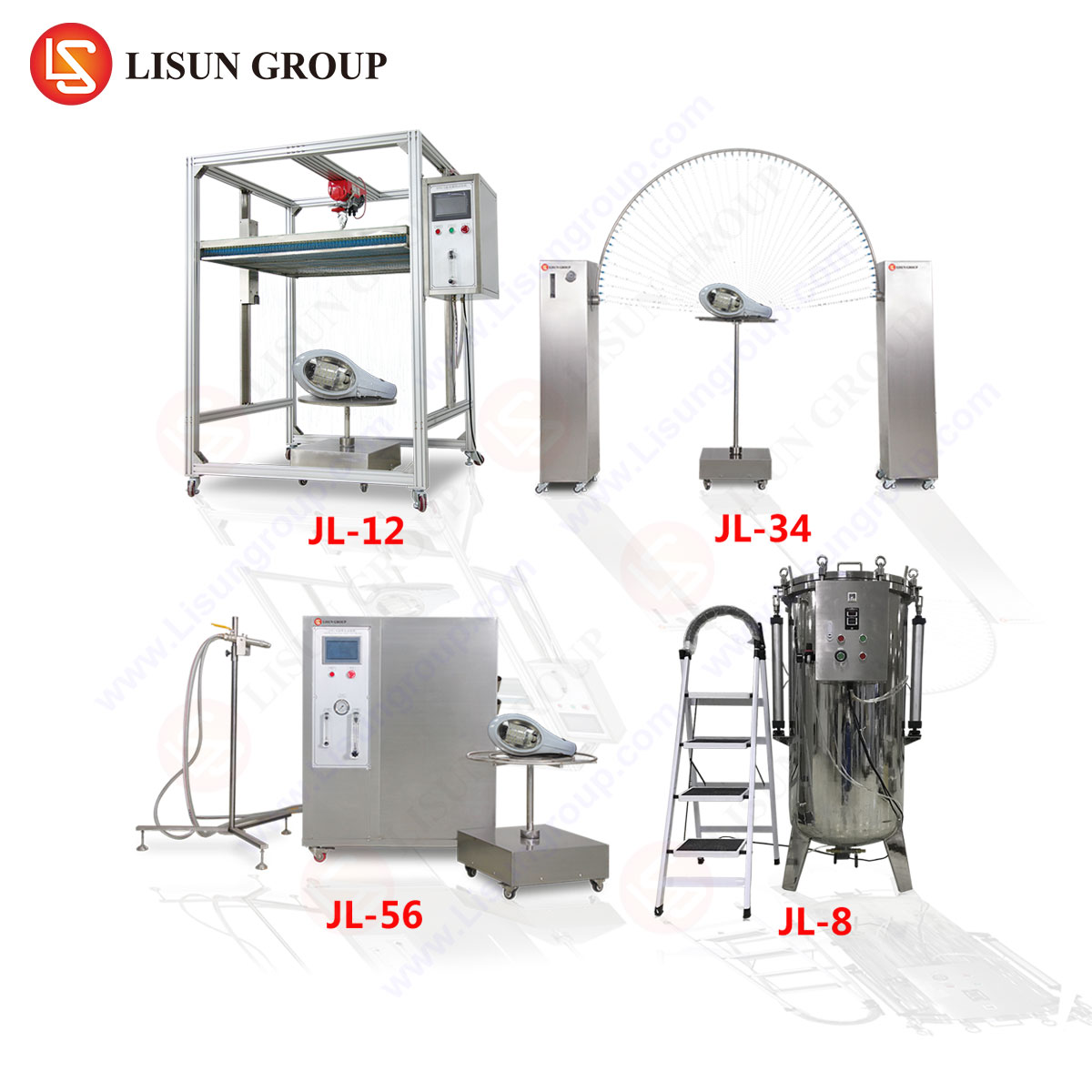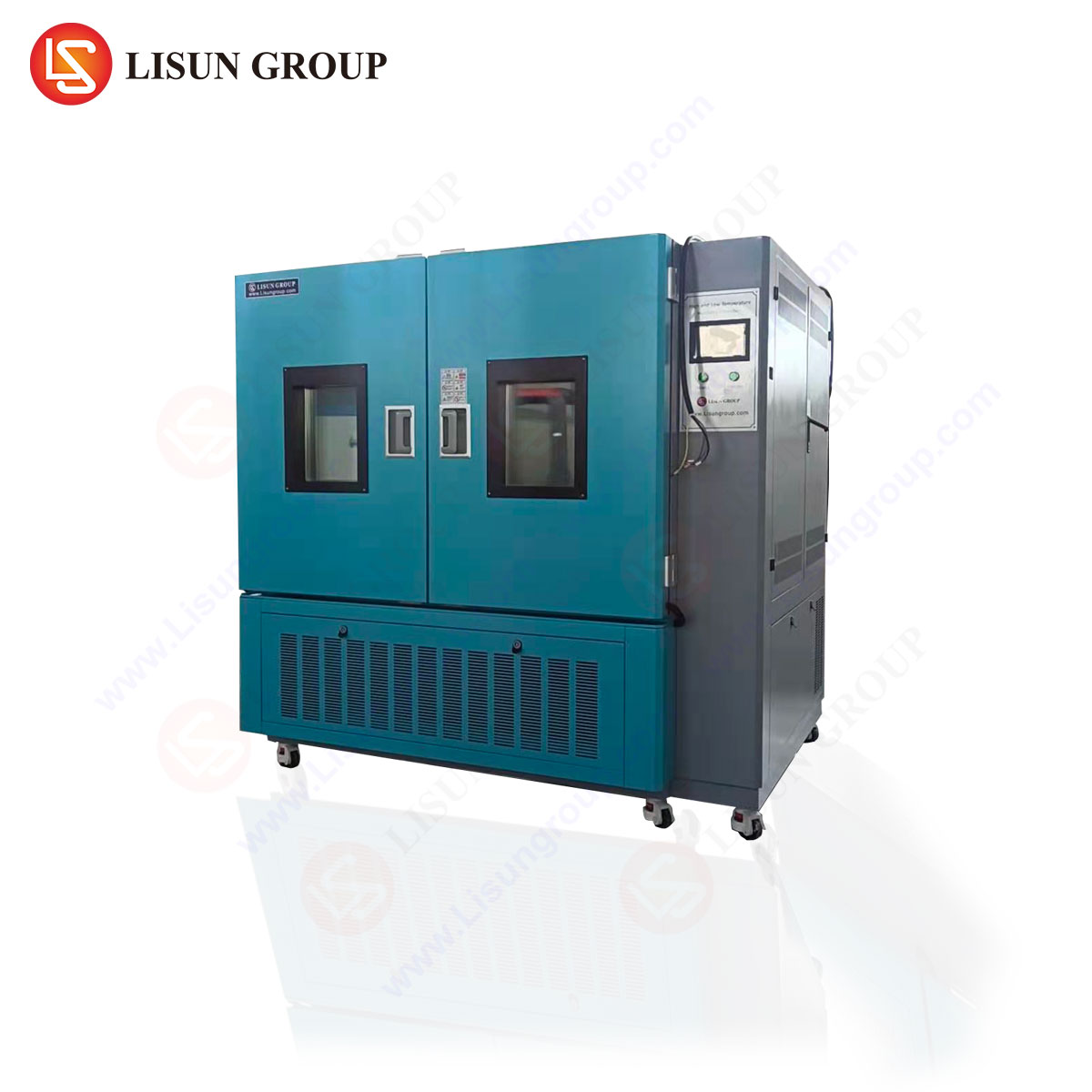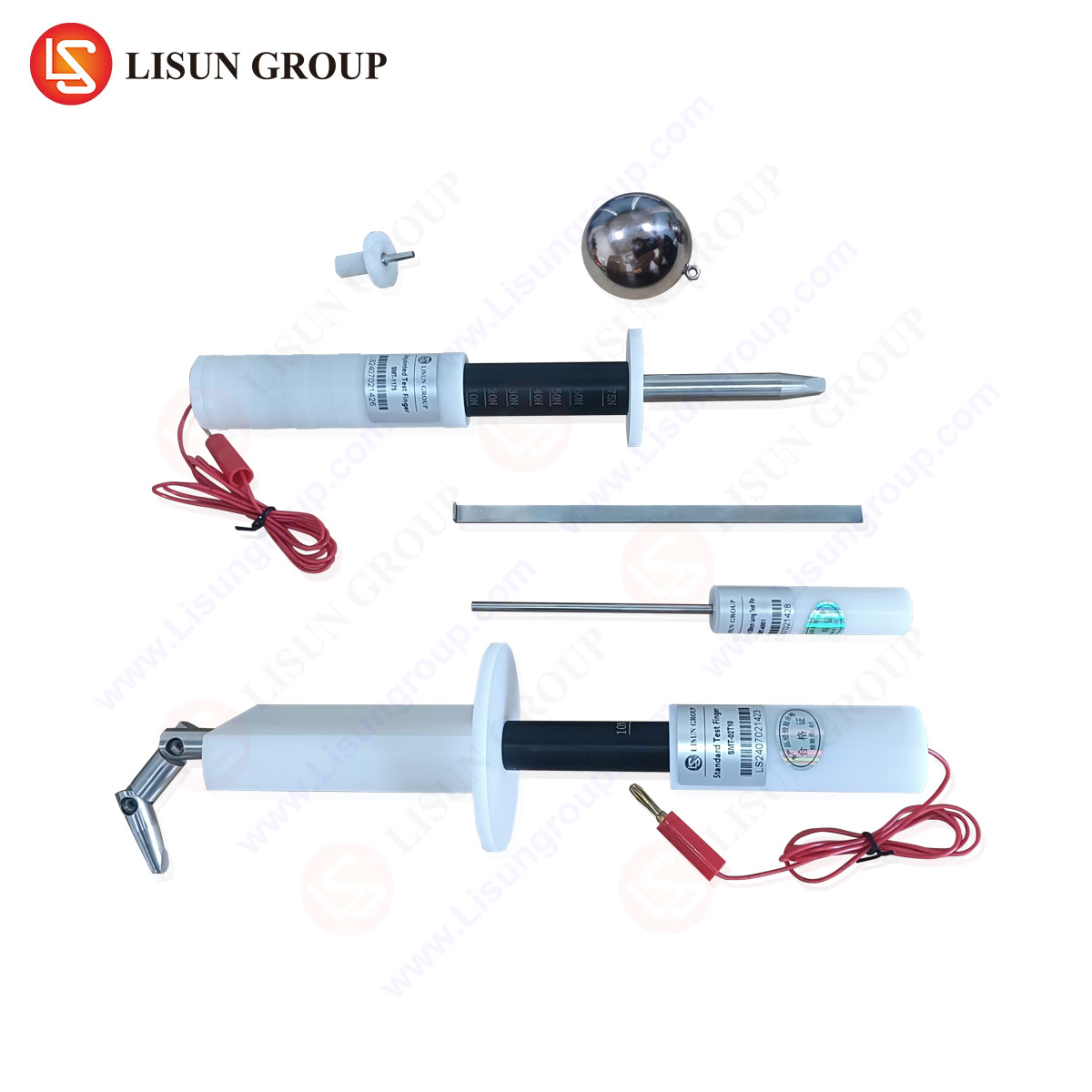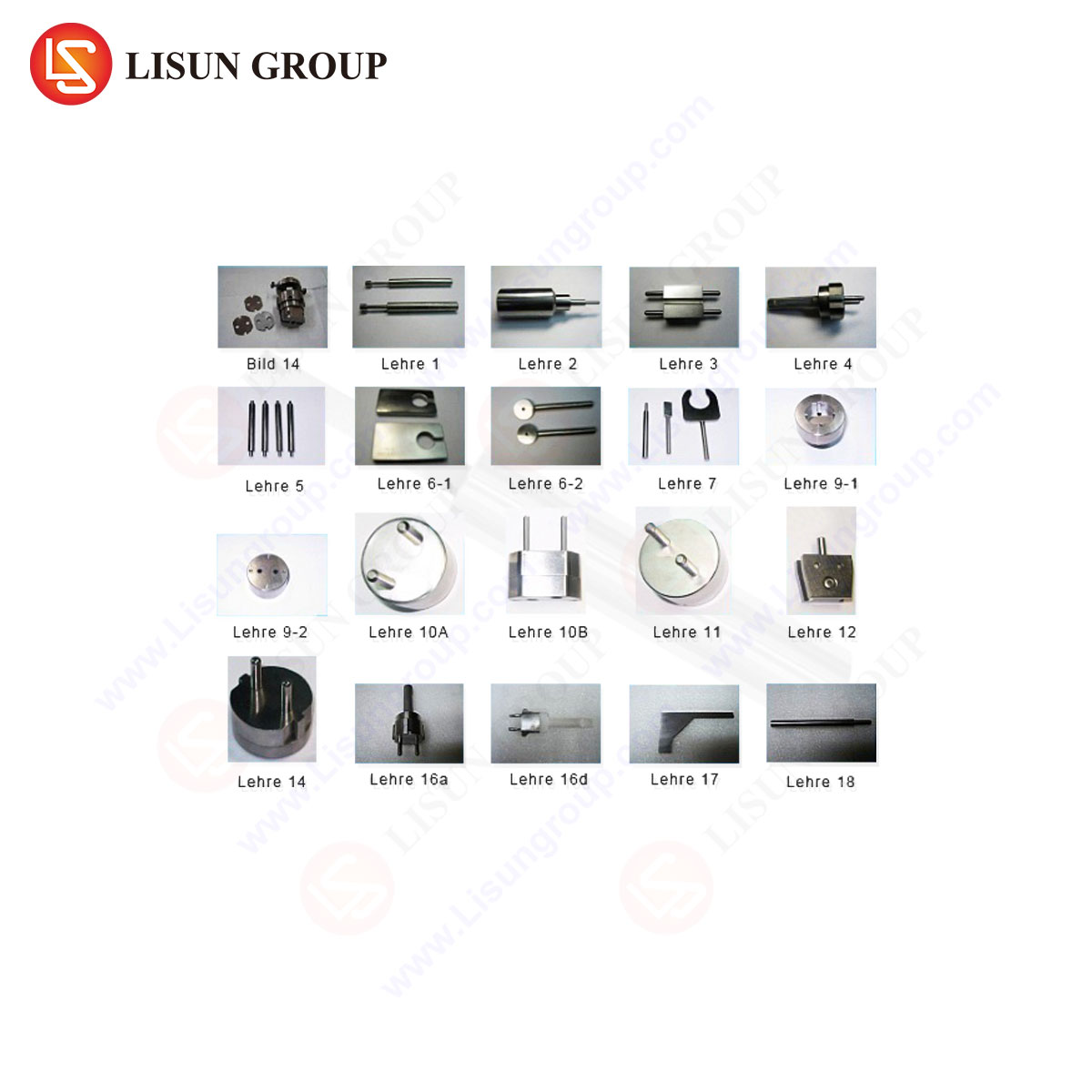The Role of Mechanical Test Probes in Product Safety Compliance
The verification of product safety is a non-negotiable prerequisite for market entry across a multitude of industries. This process relies on a framework of international standards that define precise, repeatable methods for evaluating potential hazards. Among the most critical hazards is the accessibility of live parts or hazardous moving components. The IEC 61032 standard, “Guide for the determination of clearances, creepage distances and distances through solid insulation for equipment up to 1000 V a.c. and 1500 V d.c.,” provides the definitive specification for test probes and pins used to verify protection against such access. These devices are the physical embodiment of the standard’s requirements, translating abstract legal and safety principles into tangible, empirical tests.
Anatomical Representation and the 12.5mm Sphere Probe
A foundational concept in safety engineering, particularly for products accessible to children, is the representation of small body parts. The human hand is complex, but for the purpose of standardized safety testing, it is modeled by a series of simplified geometric forms. The IEC 61032 Test Probe 12.5mm Steel Sphere, often referred to as Probe B, is engineered to simulate the size and rigidity of a child’s finger joint or a small, round object that might be inserted into an opening. Its primary function is to ensure that openings in an enclosure are sufficiently small to prevent such objects from contacting hazardous live parts or becoming entrapped in moving mechanisms.
The probe’s design is deceptively simple yet requires high manufacturing precision. It consists of a rigid sphere with a diameter of 12.5 millimeters, manufactured from steel to ensure it does not compress or deform under the applied test forces, which are typically 30 N (±3 N) for accessibility probes and 1 N (±0.1 N) for bottomless cavity tests. The sphere is mounted on a rigid cylindrical shaft of appropriate length to facilitate application from a specified direction. The entirety of the probe must be conductive to allow for the detection of contact with live parts, often verified by a connection to a sensitive indicator circuit such as a contact indicator lamp (e.g., 40 V to 50 V, with a current not exceeding 0.1 A).
Material Specifications and Manufacturing Tolerances
The integrity of any test is contingent upon the precision and consistency of its tools. For the IEC 61032 Probe B, material selection and dimensional tolerances are paramount. The sphere is fabricated from steel, a material chosen for its high yield strength, excellent surface hardness, and electrical conductivity. This ensures the probe will not plastically deform during testing, which could invalidate results by altering its critical dimensions. The surface finish must be smooth to prevent snagging and to ensure consistent application of force.
Dimensional tolerances are strictly governed. The sphere diameter must be maintained at 12.5 mm with a minimal allowable deviation, typically on the order of ±0.05 mm. This extreme precision ensures that a “pass” result for one manufacturer’s product is directly comparable to a “pass” for another’s, creating a level and universally recognized playing field for safety compliance. The connection between the sphere and its shaft must be robust and seamless to prevent any failure during application of force.
Application Principles and Testing Methodology
The application of the 12.5mm sphere probe is a methodical process detailed within safety standards such as IEC 60529 (IP Code for ingress protection) and IEC 60335 (safety of household appliances). The probe is applied to every external opening, joint, or gap in an enclosure with a specified force. The test is conducted in two primary manners:
- Accessibility to Live Parts: The probe is applied with a force of 30 N. It must not penetrate the enclosure to a degree that allows it to contact any live part that could pose an electric shock hazard. Contact is typically detected by an electrical circuit connected to the probe; illumination of an indicator lamp signifies a failure.
- Bottomless Cavities (Entrapment Hazard): For openings that do not have a defined back, such as certain ventilation slots or gaps in plastic molding, a lesser force of 1 N is applied. The probe must not enter the cavity completely, simulating the prevention of a small object becoming irretrievably lodged, which could lead to a subsequent hazard.
The probe is applied in every conceivable orientation and direction, ensuring a comprehensive assessment of the enclosure’s protective capabilities. The test is often performed on both de-energized equipment (for dimensional checks) and energized equipment (for electrical contact verification) under controlled laboratory conditions.
The LISUN Test Finger, Test Probe, and Test Pin System
For laboratories and certification bodies requiring a complete and certified solution for IEC 61032 compliance, the LISUN series of test probes represents a benchmark in quality and reliability. The LISUN IEC 61032 Test Probe Kit is meticulously manufactured to exceed the dimensional and material requirements of the standard, ensuring audit-ready compliance for its users.
The LISUN Test Probe 12.5mm Steel Sphere is crafted from high-grade, hardened steel, polished to a flawless finish to prevent binding and ensure consistent application. Each probe is individually calibrated and supplied with a certificate of conformity traceable to national standards. The LISUN system’s competitive advantage lies in its holistic approach: it offers not just the individual probes, but a complete ecosystem including the specified application fixtures, force gauges, and contact indicator circuits. This integrated system eliminates variables and potential errors associated with piecing together components from different suppliers, thereby enhancing the repeatability and accuracy of the test results. For manufacturers undergoing rigorous certification processes, the use of a certified and traceable tool like the LISUN probe provides unequivocal evidence of due diligence and testing integrity.
Cross-Industry Application and Use Cases
The universality of the finger and joint access hazard makes the 12.5mm sphere probe a critical tool in dozens of sectors.
- Electrical and Electronic Equipment & Industrial Control Systems: Panel builders and industrial automation manufacturers use the probe to verify that DIN rail mounted components, circuit breaker enclosures, and control cabinets prevent access to mains-voltage terminals, even through ventilation louvers or cable gland openings.
- Household Appliances: From food processors to electric kettles, the probe checks that gaps between housing parts, spout openings, and accessory docks cannot grant access to live internal wiring or motor assemblies.
- Automotive Electronics: As vehicles incorporate more high-voltage systems for electrification, the probe tests battery enclosures, power inverter housings, and charging port assemblies to ensure they are finger-safe for both consumers and service technicians.
- Lighting Fixtures: Both indoor and outdoor light fixtures must prevent the insertion of objects into the luminaire body through seams or openings adjacent to the lens, protecting against contact with the LED driver or ballast circuitry.
- Telecommunications Equipment: Data center servers, network switches, and base station cabinets are tested to ensure that high-current distribution boards and DC power supplies are inaccessible through external covers.
- Medical Devices: Patient safety is paramount. The probe verifies that ports on dialysis machines, MRI scanners, and patient monitors cannot be misused to access dangerous voltages.
- Aerospace and Aviation Components: In the harsh environs of an aircraft, panels and access doors for in-flight entertainment systems and galley equipment must remain secure against accidental intrusion.
- Electrical Components: Switches, sockets, and timers are tested to ensure their live contacts are inaccessible through the operating aperture or mounting gaps.
- Consumer Electronics and Office Equipment: Power supplies, gaming consoles, and printers are verified to have safe enclosures that protect users from internal high-voltage areas.
- Toy and Children’s Products Industry: This is a primary application. Toy safety standards heavily reference the 12.5mm sphere to ensure that battery compartments, gaps in plastic shells, and openings on ride-on toys cannot trap a child’s finger or allow contact with battery terminals.
Interpreting Test Results and Compliance Implications
A successful test with the 12.5mm sphere probe results in no electrical contact indication and no unacceptable ingress. This outcome allows the product to be classified with a specific IP code (e.g., IP4X for protection against solid objects greater than 1.0mm, which inherently includes the 12.5mm sphere) and to meet the basic safety requirements for enclosure design. A failure, however, has significant ramifications. It necessitates a redesign of the product’s enclosure—often requiring tooling modifications—which incurs cost and delays time to market. More importantly, it signifies a genuine risk of electric shock or physical injury to the end-user, potentially leading to liability issues, product recalls, and brand damage. The objective data produced by this test is therefore a critical gatekeeper in the product development lifecycle.
Frequently Asked Questions
What is the difference between the IEC 61032 Test Probe B (12.5mm sphere) and the Test Probe 19 (articulated test finger)?
The articulated test finger (Probe 19) simulates the shape and articulation of an adult’s finger, testing for access through larger openings and with a degree of articulation. The 12.5mm sphere (Probe B) simulates a smaller, rigid object like a child’s finger joint or a toy. They test for different types of access hazards and are often used complementarily. A product must pass both tests to be considered fully protected.
Can a product pass the 12.5mm sphere test but fail the IP code dust test (IP5X)?
Yes, absolutely. The 12.5mm sphere test evaluates protection against access to hazardous parts and is related to the first digit of the IP code (e.g., IP2X, IP4X). The IP5X “dust protected” test is a separate and more rigorous evaluation that involves creating a partial vacuum to draw fine talcum dust into the enclosure. An opening small enough to block the 12.5mm sphere may still be large enough to allow harmful dust ingress under these conditions.
How often should a mechanical test probe like the LISUN 12.5mm sphere be calibrated or replaced?
While the steel probe is highly durable, it is subject to wear, corrosion, or accidental damage that could alter its dimensions or conductivity. It is recommended to perform a visual and dimensional inspection before each use. A formal calibration, checking its diameter, surface integrity, and electrical continuity, should be conducted annually or in accordance with the laboratory’s quality control procedures, traceable to a national metrology institute.
Why is the applied test force different for accessibility (30N) versus bottomless cavities (1N)?
The 30N force for accessibility testing simulates a reasonable worst-case scenario of poking or prodding by a person. The 1N force for bottomless cavities is not about forcefulness but about the mere possibility of entry. The concern is that a small, light object could fall into or be casually placed into an opening and become trapped, even with minimal force, creating a subsequent hazard. The lower force tests for this possibility.







